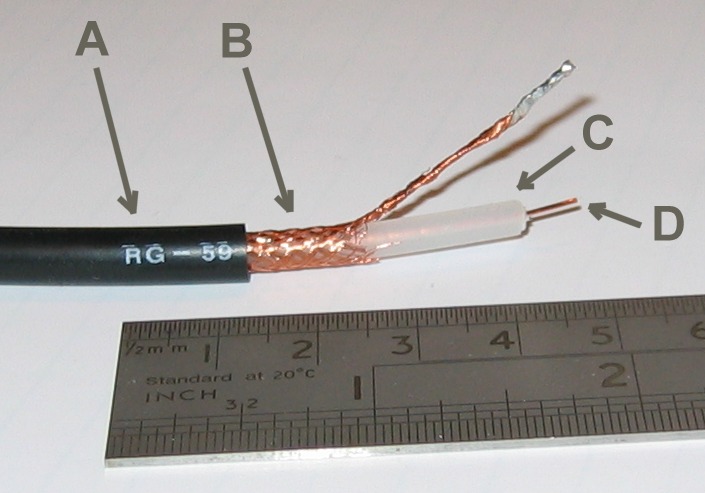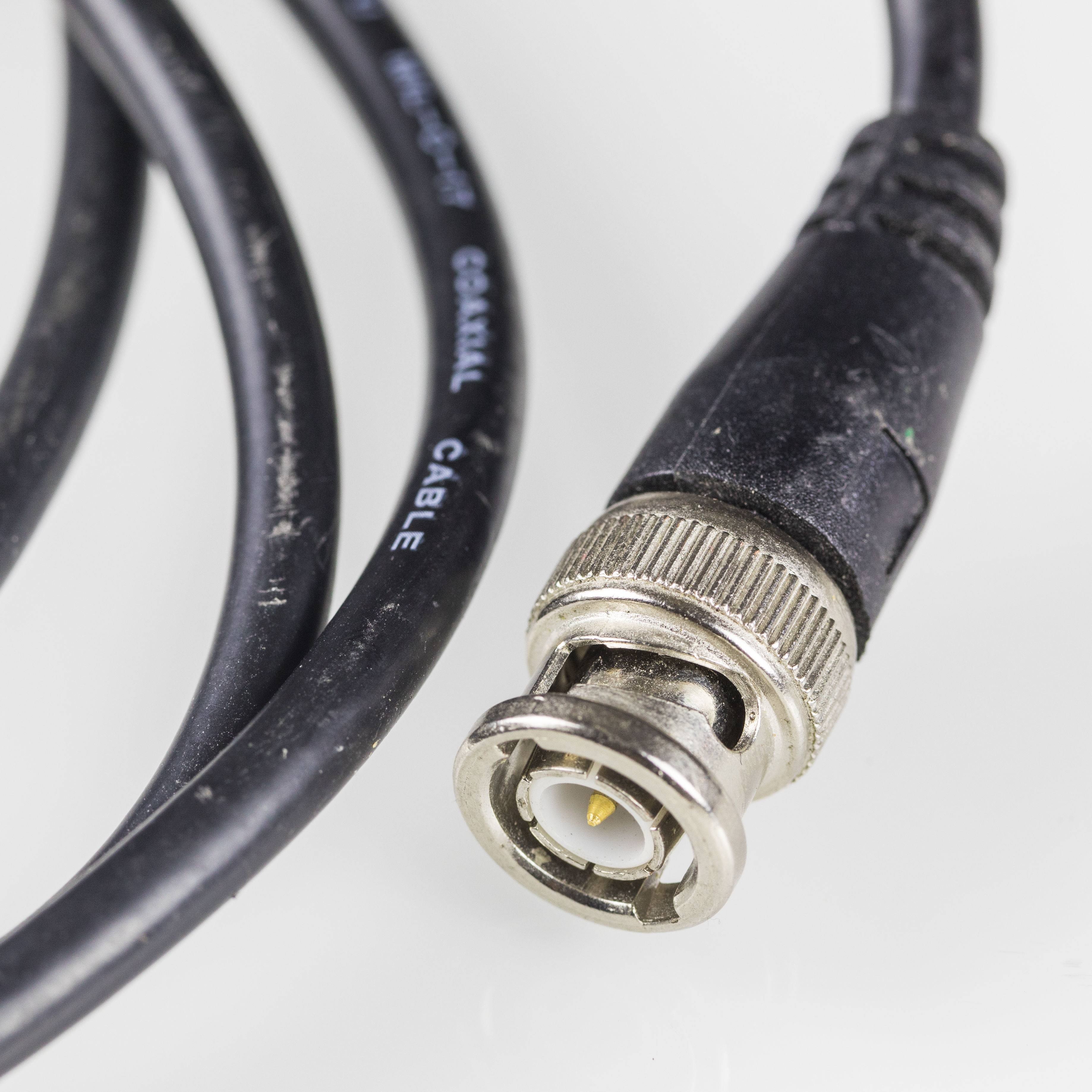|
IEEE 802.3-2012
IEEE 802.3 is a working group and a collection of standards defining the physical layer and data link layer's media access control (MAC) of wired Ethernet. The standards are produced by the working group of the Institute of Electrical and Electronics Engineers (IEEE). This set of standards generally applies to local area networks (LANs) and has some wide area network (WAN) applications. Physical connections are made between network nodes and, usually, various network infrastructure devices ( hubs, switches, routers) by various types of copper cables or optical fiber. 802.3 standards support the IEEE 802.1 network architecture. 802.3 also defines a LAN access method using carrier-sense multiple access with collision detection (CSMA/CD). Communication standards See also * IEEE 802 * IEEE 802.11, a set of wireless networking standards * IEEE 802.16, a set of WiMAX standards * IEEE Standards Association The Institute of Electrical and Electronics Engineers Standards Assoc ... [...More Info...] [...Related Items...] OR: [Wikipedia] [Google] [Baidu] |
Working Group
A working group is a group of experts working together to achieve specified goals. Such groups are domain-specific and focus on discussion or activity around a specific subject area. The term can sometimes refer to an interdisciplinary collaboration of researchers, often from more than one organization, working on new activities that would be difficult to sustain under traditional funding mechanisms (e.g., federal agencies). Working groups are variously also called task groups, workgroups, technical advisory groups, working parties, or task forces. The lifespan of a working group can last anywhere between a few months and several years. Such groups have the tendency to develop a ''quasi-permanent existence'' when the assigned task is accomplished; hence the need to disband (or phase out) the working group when it has achieved its goal(s). A working group's performance is made up of the individual results of all its individual members. A team's performance is made up of both i ... [...More Info...] [...Related Items...] OR: [Wikipedia] [Google] [Baidu] |
Coaxial Cable
Coaxial cable, or coax (pronounced ), is a type of electrical cable consisting of an inner Electrical conductor, conductor surrounded by a concentric conducting Electromagnetic shielding, shield, with the two separated by a dielectric (Insulator (electricity), insulating material); many coaxial cables also have a protective outer sheath or jacket. The term ''coaxial'' refers to the inner conductor and the outer shield sharing a geometric axis. Coaxial cable is a type of transmission line, used to carry high-frequency Signal, electrical signals with low losses. It is used in such applications as telephone trunk lines, Internet access, broadband internet networking cables, high-speed computer bus (computing), data buses, cable television signals, and connecting Transmitter, radio transmitters and Radio receiver, receivers to their Antenna (radio), antennas. It differs from other shielded cables because the dimensions of the cable and connectors are controlled to give a precise, ... [...More Info...] [...Related Items...] OR: [Wikipedia] [Google] [Baidu] |
10BASE-T
1 (one, unit, unity) is a number, numeral, and glyph. It is the first and smallest positive integer of the infinite sequence of natural numbers. This fundamental property has led to its unique uses in other fields, ranging from science to sports, where it commonly denotes the first, leading, or top thing in a group. 1 is the unit of counting or measurement, a determiner for singular nouns, and a gender-neutral pronoun. Historically, the representation of 1 evolved from ancient Sumerian and Babylonian symbols to the modern Arabic numeral. In mathematics, 1 is the multiplicative identity, meaning that any number multiplied by 1 equals the same number. 1 is by convention not considered a prime number. In digital technology, 1 represents the "on" state in binary code, the foundation of computing. Philosophically, 1 symbolizes the ultimate reality or source of existence in various traditions. In mathematics The number 1 is the first natural number after 0. Each natural numbe ... [...More Info...] [...Related Items...] OR: [Wikipedia] [Google] [Baidu] |
Twisted Pair
Twisted pair cabling is a type of communications cable in which two conductors of a single circuit are twisted together for the purposes of improving electromagnetic compatibility. Compared to a single conductor or an untwisted balanced pair, a twisted pair reduces electromagnetic radiation from the pair and crosstalk between neighboring pairs and improves rejection of external electromagnetic interference. It was invented by Alexander Graham Bell. For additional noise immunity, twisted-pair cabling may be shielded. Cable with shielding is known as shielded twisted pair (STP) and without as unshielded twisted pair (UTP). Explanation A twisted pair can be used as a balanced line, which as part of a balanced circuit can greatly reduce the effect of noise currents induced on the line by coupling of electric or magnetic fields. The idea is that the currents induced in each of the two wires are very nearly equal. The twisting ensures that the two wires are on average the ... [...More Info...] [...Related Items...] OR: [Wikipedia] [Google] [Baidu] |
StarLAN
StarLAN was the first IEEE 802.3 standard for Ethernet over twisted pair wiring. It was standardized by the IEEE Standards Association as 802.3e in 1986, as the 1BASE5 version of Ethernet. The StarLAN Task Force was chaired by Bob Galin. Description An early version of StarLAN was developed by Tim Rock and Bill Aranguren at AT&T Information Systems as an experimental system in 1983. The name StarLAN was coined by the IEEE task force based on the fact that it used a star topology from a central hub in contrast to the bus network of the shared cable 10BASE5 and 10BASE2 networks that had been based on ALOHAnet. The standard known as 1BASE5 was adopted as 802.3e in 1986 by members of the IEEE 802.3 standards committee as the Twisted Pair Medium Access Control sublayer and Physical Signalling sublayer specification in section 12. The original StarLAN ran at a speed of 1 Mbit/s. A major design goal in StarLAN was reduction in Ethernet installation costs by the reuse of existin ... [...More Info...] [...Related Items...] OR: [Wikipedia] [Google] [Baidu] |
Fiber-optic Inter-repeater Link
The early generation of Ethernet standards had a maximum throughput of . In 10BASE-X, the 10 represents its maximum throughput of , BASE indicates its use of baseband transmission, and X indicates the type of medium used. Classic Ethernet includes coax, twisted pair and optical variants. The first Ethernet standard was published in 1983 and classic Ethernet operating at was the dominant form of Ethernet until the first standard for Fast Ethernet was approved in 1995. Varieties Fibre-based standards (10BASE-F) ''10BASE-F'', or sometimes ''10BASE-FX'', is a generic term for the family of 10 Mbit/s Ethernet standards using fiber-optic cable. In 10BASE-F, the 10 represents a maximum throughput of 10 Mbit/s, BASE indicates its use of baseband transmission, and F indicates that it relies on a medium of fiber-optic cable. The technical standard requires two strands of 62.5/125 μm multimode fiber. One strand is used for data transmission while the other is used for ... [...More Info...] [...Related Items...] OR: [Wikipedia] [Google] [Baidu] |
10BROAD36
10BROAD36 is an obsolete computer network standard in the Ethernet family. It was developed during the 1980s and specified in IEEE 802.3b-1985. The Institute of Electrical and Electronics Engineers standards committee IEEE 802 published the standard that was ratified in 1985 as an additional section 11 to the base Ethernet standard. It was also issued as ISO/IEC 8802-3 in 1989. The standard supports 10 Mbit/s Ethernet signals over standard 75 ohm cable television (CATV) cable over a 3600-meter range. 10BROAD36 modulates its data onto a higher frequency carrier signal, much as an audio signal would modulate a carrier signal to be transmitted in a radio station. In telecommunications engineering, this is a broadband signaling technique. Broadband provides several advantages over the baseband signal used, for instance in 10BASE5. Range is greatly extended (, versus for 10BASE5), and multiple signals can be carried on the same cable. 10BROAD36 can even share a cable with s ... [...More Info...] [...Related Items...] OR: [Wikipedia] [Google] [Baidu] |
10BASE2
10BASE2 (also known as cheapernet, thin Ethernet, thinnet, and thinwire) is a variant of Ethernet that uses thin coaxial cable terminated with BNC connectors to build a local area network. During the mid to late 1980s, this was the dominant Ethernet standard. The use of twisted pair networks competed with 10BASE2's use of a single coaxial cable. In 1988, Ethernet over twisted pair was introduced, running at the same speed of 10 Mbit/s. In 1995, the Fast Ethernet standard upgraded the speed to 100 Mbit/s, and no such speed improvement was ever made for thinnet. By 2001, prices for Fast Ethernet cards had fallen to under $50. By 2003, Wi-Fi networking equipment was widely available and affordable. Due to the immense demand for high-speed networking, the low cost of Category 5 cable, and the popularity of 802.11 wireless networks, both 10BASE2 and 10BASE5 have become increasingly obsolete, though devices still exist in some locations. As of 2011, IEEE 802.3 has ... [...More Info...] [...Related Items...] OR: [Wikipedia] [Google] [Baidu] |
10BASE5
10BASE5 (also known as thick Ethernet or thicknet) was the first commercially available variant of Ethernet. The technology was standardized in 1982 as IEEE 802.3. 10BASE5 uses a thick and stiff coaxial cable up to in length. Up to 100 stations can be connected to the cable using vampire taps and share a single collision domain with 10 Mbit/s of bandwidth shared among them. The system is difficult to install and maintain. 10BASE5 was superseded by much cheaper and more convenient alternatives: first by 10BASE2 based on a thinner coaxial cable (1985), and then, once Ethernet over twisted pair was developed, by 10BASE-T (1990) and its successors 100BASE-TX and 1000BASE-T. In 2003, the IEEE 802.3 working group deprecated 10BASE5 for new installations. Name origination The name ''10BASE5'' is derived from several characteristics of the physical medium. The ''10'' refers to its transmission speed of 10 Mbit/s. The ''BASE'' is short for baseband signaling (as ... [...More Info...] [...Related Items...] OR: [Wikipedia] [Google] [Baidu] |
MAC Address
A MAC address (short for medium access control address or media access control address) is a unique identifier assigned to a network interface controller (NIC) for use as a network address in communications within a network segment. This use is common in most IEEE 802 networking technologies, including Ethernet, Wi-Fi, and Bluetooth. Within the Open Systems Interconnection (OSI) network model, MAC addresses are used in the medium access control protocol sublayer of the data link layer. As typically represented, MAC addresses are recognizable as six groups of two hexadecimal digits, separated by hyphens, colons, or without a separator. MAC addresses are primarily assigned by device manufacturers, and are therefore often referred to as the burned-in address, or as an Ethernet hardware address, hardware address, or physical address. Each address can be stored in the interface hardware, such as its read-only memory, or by a firmware mechanism. Many network interfaces, however, ... [...More Info...] [...Related Items...] OR: [Wikipedia] [Google] [Baidu] |


